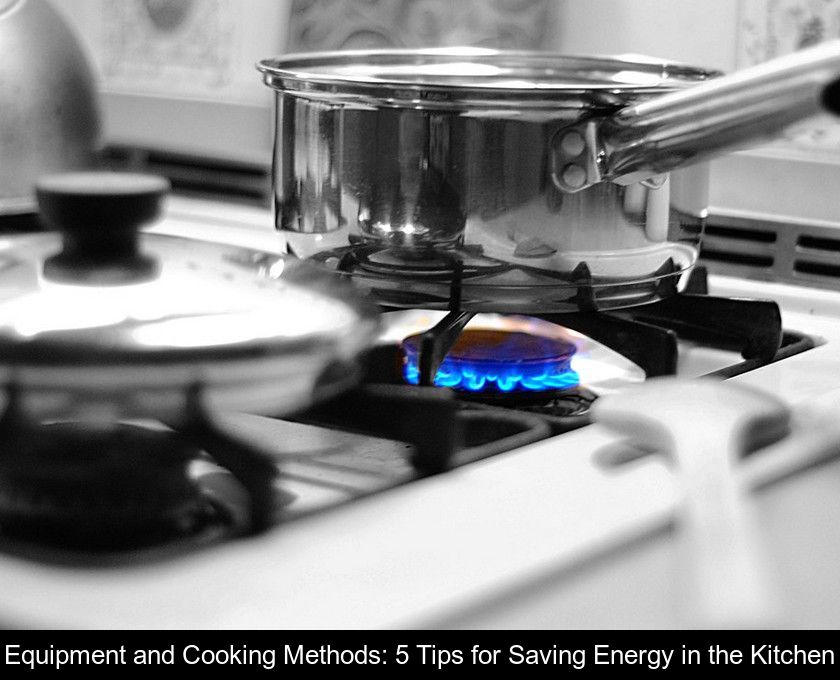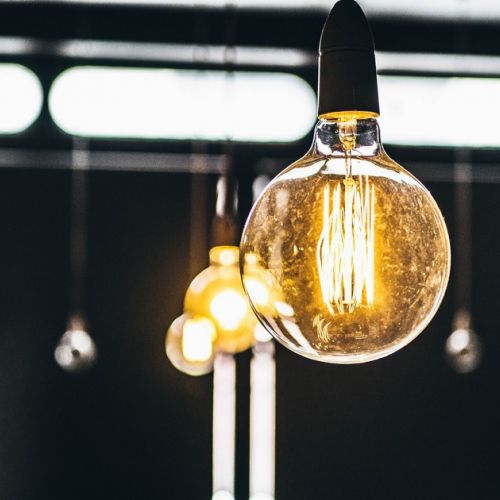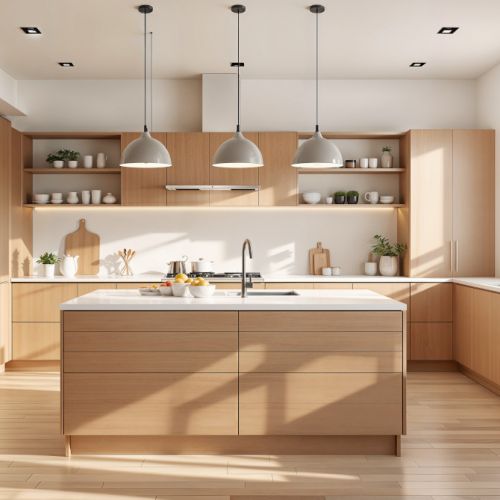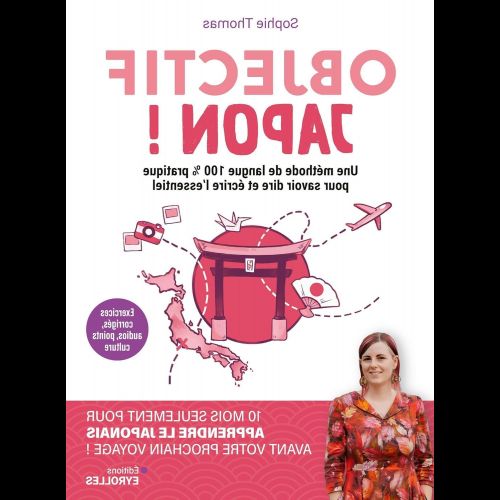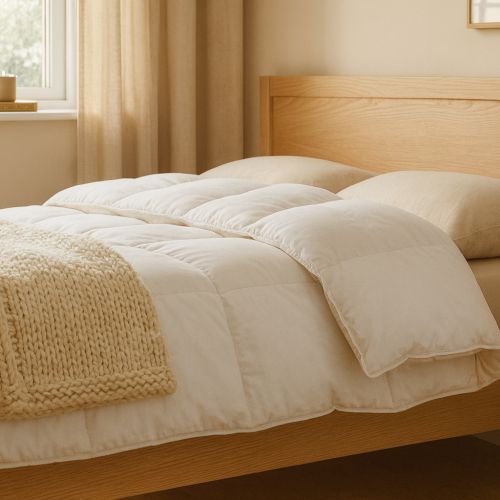Equipment And Cooking Methods: 5 Tips For Saving Energy In The Kitchen
Faced with the rising costs of electricity and gas, most French people are changing their habits in order to reduce their energy bills. While it's common to think about turning off the lights and lowering the heating, altering one's cooking methods is often overlooked. We will provide you with 5 tips for saving energy in the kitchen by using certain appliances and cooking methods.
Prefer induction hobs.
If you need to equip your kitchen or are considering renovating it, you may be torn between a ceramic hob and an induction hob. Industry professionals recommend choosing an induction hob if you want to save energy in the kitchen.
The induction hob is the most electricity-efficient equipment because:
• this type of hob prevents any loss of energy.
• 90% of the energy consumed is used for cooking, which represents a saving of at least 30% compared to a ceramic hob.
• the temperature rises much more quickly.
Overall, switching from a ceramic hob to an induction hob can save 22% on the electrical consumption of this equipment.
Cover the pots and pans.
No matter what cooking equipment you use, including gas cooking, remember to cover the pots and never heat them empty! Stew cooking is faster because the lid retains the heat inside the container.
Putting a lid on a pot, sauté pan, or skillet is therefore an effective tip for saving energy in the kitchen. This simple action can reduce cooking time and consume 25% less energy.
For pan cooking, the proper maintenance of your utensils is also important. Indeed, a damaged pan conducts heat less efficiently and extends the cooking time of food.
3- Take advantage of the residual heat.
While an induction hob cools down very quickly, a ceramic hob stays hot for a long time. You can take advantage of this feature to save energy in the kitchen.
Simply turn off the heat before the end of cooking and let the dish simmer or finish cooking on the still-hot hob.
The trick of using residual heat also applies to the electric oven. As this appliance remains warm for many minutes, you can turn it off earlier and leave the dish in the oven to finish heating or browning.
Residual heat is also the basic principle of a very economical cooking method called the Norwegian pot. Cooking in a Norwegian pot is ideal for all dishes stewed in a pot such as a beef stew in winter or a ratatouille in summer.
This process involves bringing the contents of the pot to a boil for 1 to 30 minutes (depending on the ingredients to be cooked), then stopping the cooking and placing the pot in an insulating box that retains the heat and allows the dish to simmer quietly.
Prefer the quickest cooking methods.
Another of the 5 tips to save energy in the kitchen is to prioritize equipment and the fastest cooking methods. For instance, when boiling water, it's better to use an electric kettle rather than a pot on the stove or an electric hotplate.
For preparing dishes that require long cooking times like beef stew or pot-au-feu, it's more economical to use a pressure cooker. This cooking method saves energy because the appliance is airtight. The pressure cooking allows food to cook 4 to 6 times faster than with a regular pot.
5- Replace the oven with other cooking methods.
Baking uses a lot of electricity and takes between 30 minutes to an hour for most common recipes. A final tip to save energy in the kitchen is to replace the oven with another cooking method.
Depending on the food you want to cook, you can use other cooking equipment, including:
• a cast iron pot on the stove or hot plate to prepare a pork tenderloin or roasted chicken, for example.
• an air fryer to cook nuggets, oven fries, or breaded fish fillets.
• a microwave oven which is faster and more economical whenever possible, for instance when heating up a frozen meal.

